#25. Fake Scenes, Real Injuries
Battle scenes can make everyone nervous even though we all know they are not real. The post-production staff has the hardest work, as they must make the footage look real by editing it, adding visual effects and mixing sounds. However, this doesn’t mean that actors are completely out of danger during the shooting. Some actors have suffered from several injuries while filming some of The Lord of the Rings‘ most famous fight scenes.
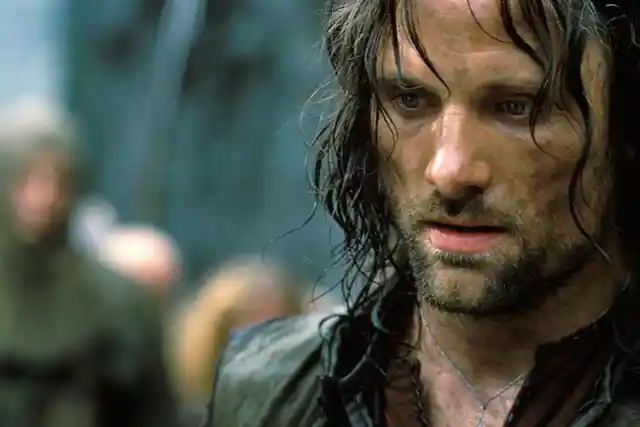
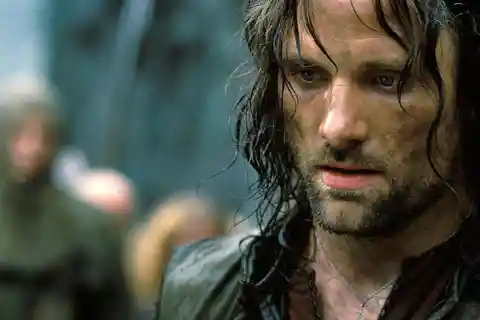
To give some examples, Orlando Bloom broke some ribs, Sean Astin had to be taken to the hospital after deeply cutting his foot and Viggo Mortensen, also known as Aragorn, broke a foot and also a tooth while working in a fight scene. Some co-workers remember Viggo “getting half of his tooth knocked out during a fight sequence and his insistence on applying superglue to put it back in to keep working.” Ouch!
#24. The Fellowship Of The Ring’s Matching Tattoos
Back in 2001, after they filmed The Lord of the Rings: The Fellowship of the Ring in England, nine members of the cast (precisely the ones from the fellowship), got matching tattoos. They got the word “nine” in Elvish — a constructed language used by elves in fantasy settings, created by J.R.R Tolkien — because they were nine friends.
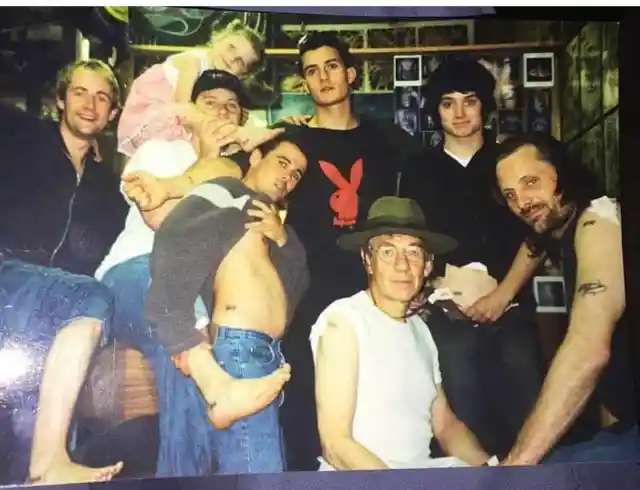
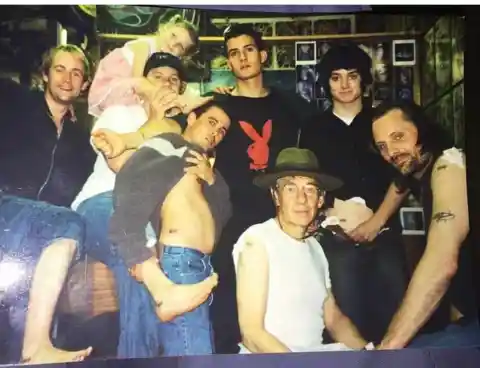
Bill Boyd claimed that he was the first to get behind the machine, with Sean Astin holding his hand since he was really nervous and scared about the tattoo. Both Bill and Sean got it on their foot, Orlando Bloom on his wrist, Elijah Wood in his abdomen and Ian McKellen on the back of his arm. Only John-Rhys Davies didn’t get the tattoo. Would you get a tattoo with your co-workers?
#23. Bill The Pony
The actors and crew really struggled to shoot those films with involved living animals, especially the ones with Sam’s pony, Bill. But the scenes with Bill were quite relevant to the plot, so the crew was left with no choice but to find a way of making things work. But guess what? In certain scenes, precisely due to the difficulties raised by working with a real pony, Bill was actually a “panto pony”. Not sure what that term means, right?
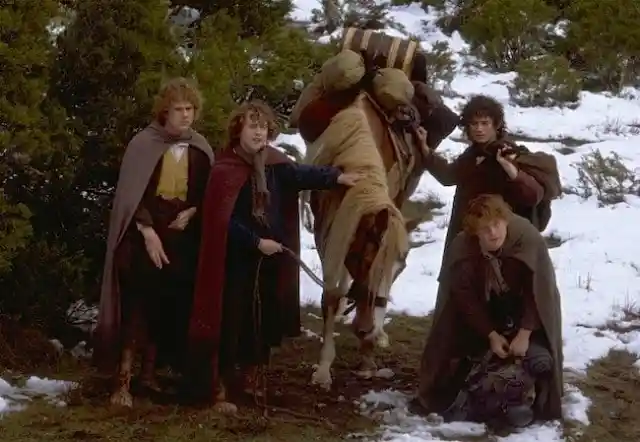
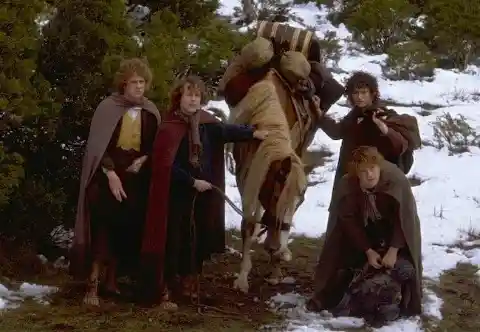
The term “Panto pony” is nothing but a fancy way of saying that Bill was actually played by two people inside a pony costume, one in the back half and one in the front. Working this out wasn’t too easy either since the men inside the pony suit couldn’t walk properly and couldn’t see a thing inside the costume. In a hilarious scene that the director will always remember, the front half started to walk without the other one, so Bill was sort of split into two!
#22. Kill A Hobbit
Initially, the Lord of the Rings films were produced by Miramax company. During the scripting process, one of the producers, Bob Weinstein, thought that at least one hobbit had to die during the franchise, and he thus urged Peter Jackson and the team of writers to kill one of the four main hobbits. From his point of view, it didn’t matter which one, he just wanted to add a bit of drama to the movie.
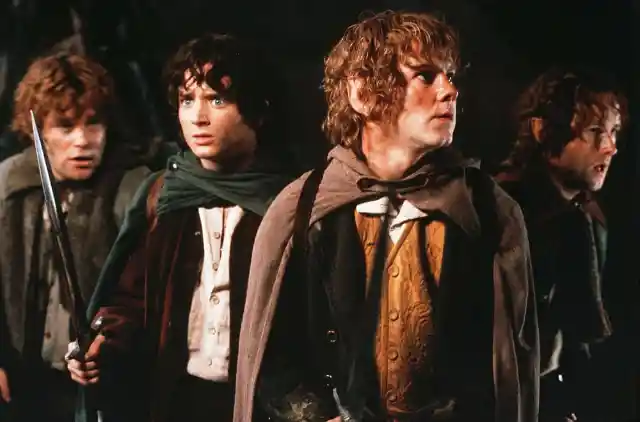
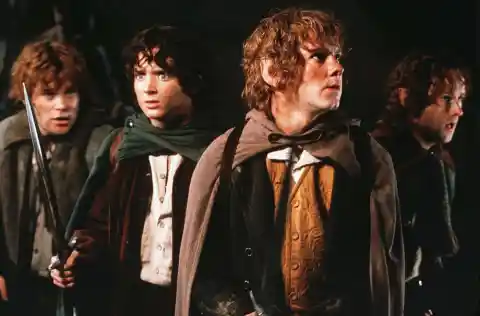
Months later, they stopped working with Miramax and went for New Line Cinema instead. Jackson told the new producers and writers what Weinstein had suggested, but it turns out that they weren’t too convinced with the idea. Therefore, they decided to stick to the novel and keep Frodo, Sam, Merry, and Pippin alive. We’re glad they did that!
#21. The Most Difficult Role To Cast
We can’t imagine anyone but the iconic Viggo Mortensen playing Aragorn, but did you know he wasn’t the first option? In fact, the filmmakers offered the role to Nicholas Cage, who had to turn it down because of family obligations. Then, the Irish actor Stuart Townsend was cast to play this role, but can you guess what happened?
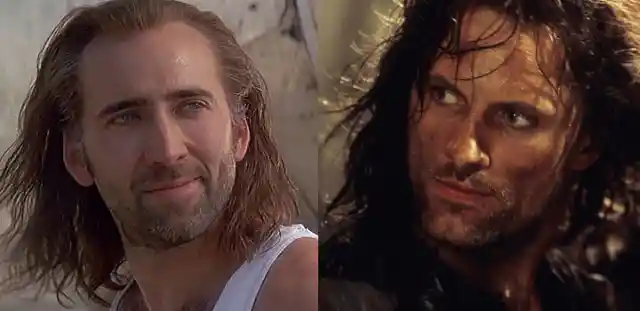
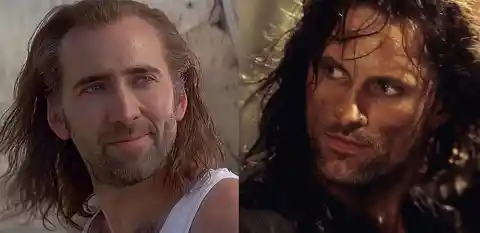
Townsend rehearsed and trained for two months and got fired the day before they started filming because they thought he looked too young and wanted to go with an older actor. Finally, they offered the role to Mortensen, who took it because his son, Henry, was a big fan of Tolkien’s trilogy. There were two other actors Jackson had in mind as replacements: Jason Patric and Russell Crowe, who was working in Gladiator.
#20. Aragorn Versus Sauron
If you’re a major fan of the movies you probably won’t remember seeing Aragorn dueling the physical version of Sauron and that’s because that scene didn’t get into the final footage in The Return of the King, the third and last movie of this fantastic trilogy.
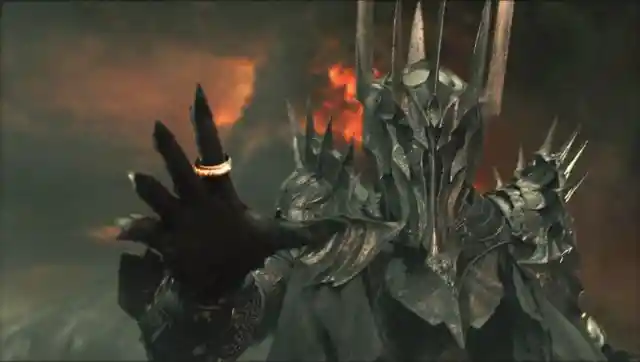
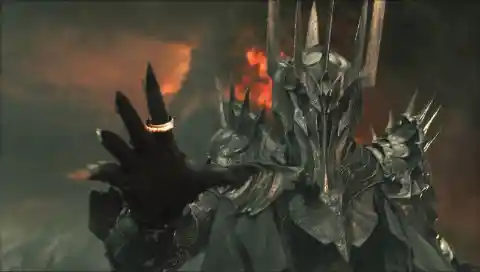
Jackson filmed a battle scene between Aragorn and Sauron but during the post-production process, the crew felt that the scene didn’t work so they decided to cut it. However, they did use the footage! The edition team digitally superimposed a giant cave troll over the Dark Lord, who Aragorn finally battles.
#19. You Better Keep Making Music
Peter Jackson wasn’t the first one to be interested in adapting The Lord of the Rings. During the 1960s an eminent group of musicians came up with the crazy idea of making an adaptation of their own but the idea fell through. This group was none other than The Beatles! Can you imagine it?
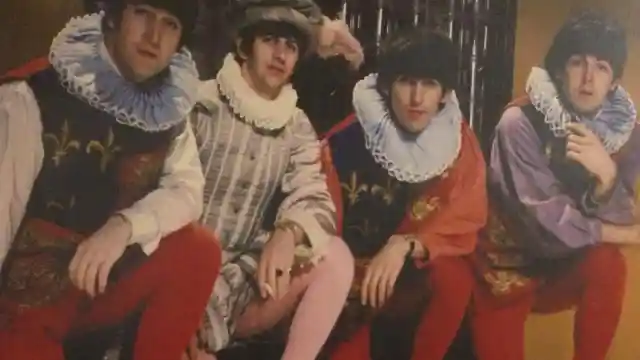
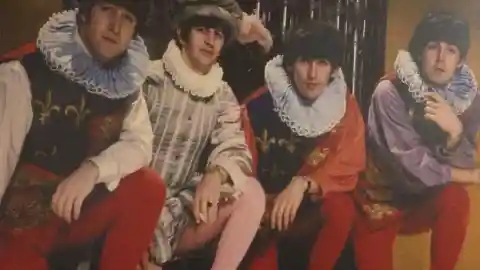
John wanted to be Gollum, Ringo to be Sam, George to be Gandalf and Paul to be Frodo. They also had one director in mind for the project, the one and only Stanley Kubrick! However, Kubrick preferred to work on another project — 2001: A Space Odyssey— and, JRR Tolkien refused to let the project go forward.
#18. A Lived-In And Natural Town
The director, Jackson, wanted Hobbiton to feel like a real town and not just like any other movie set, so a year before they started filming, the crew started to design and build this fictional city in real life.
“I knew Hobbiton needed to be warm, comfortable and feel lived in. By letting the weeds grow through the cracks and establishing hedges and little gardens a year before filming, we ended up with an incredibly real place”, Jackson wrote.


Building the city one year before allowed the vegetable gardens and grass to grow naturally, just using a lawnmower as we would do in real life. This striking location is located in New Zeland and was used in The Hobbit film series too, and nowadays you can visit it by taking special Lord of the Rings tours!
#17. Sean Bean Cheated
Do you remember the vast speech Boromir gave at the Council of Elrond? The scene got all of us kind of emotional and convinced us that Sean Bean was the perfect choice for the role. However, it turns out that the scene and the lines were last-minute additions!
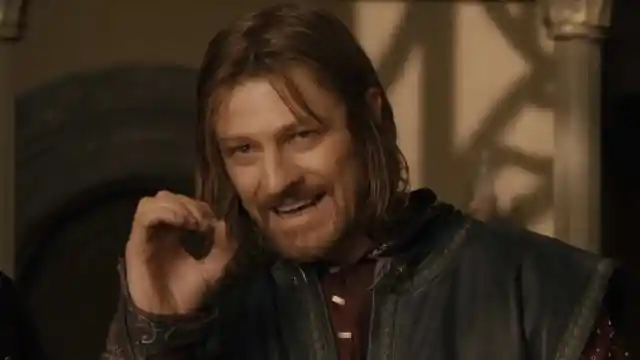

Yes, what you’ve just read is true! Bean had only been given the speech the night before shooting it and he only had time to read it a few times. However, he didn’t lose his mind and came up with a solution. He carried a printed sheet of paper with the lines on it to the shooting, kept it on his lap and out of frame, and just read it! We should still give him some credit, though, cause the scene is great”
#16. A True Hobbit In The Cast
The Doctor Who actor, Sylvester McCoy was the first to be seriously considered to play Bilbo Baggins in The Fellowship of the Ring. Even though he didn’t make it, he was later offered a role in The Hobbit trilogy as wizard Radagast the Brown. Finally, Ian Holm was cast to play Bilbo.
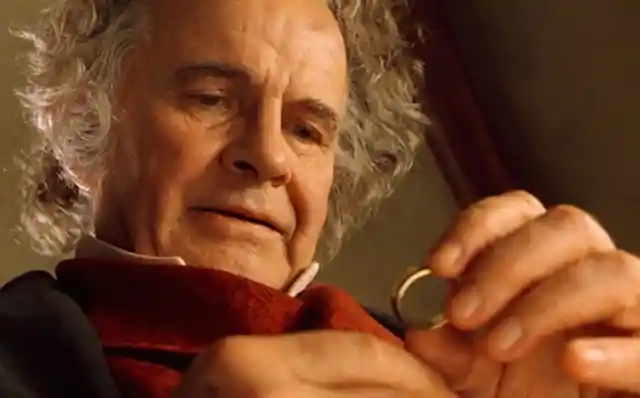
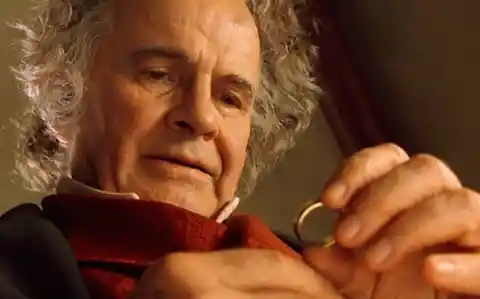
Holm was really familiar with the Baggins family since before portraying Bilbo in Jackson’s films, he had previously given his voice to play Frodo in the 1981 radio adaptation produced by BBC Radio. Such production was not very popular and wasn’t well-received by the public because of its numerous errors and alterations, so that’s why it doesn’t ring a bell!
#15. One Empty Arch
You’re probably wondering how many months Orlando Bloom had to train to become a great archer for the role of Legolas, but you should know that those arrows were added digitally in the post-production. I’m sorry to burst your bubble, but not even the best archers in the world can shoot as fast as Legolas did in the final battle of The Fellowship of the Ring.
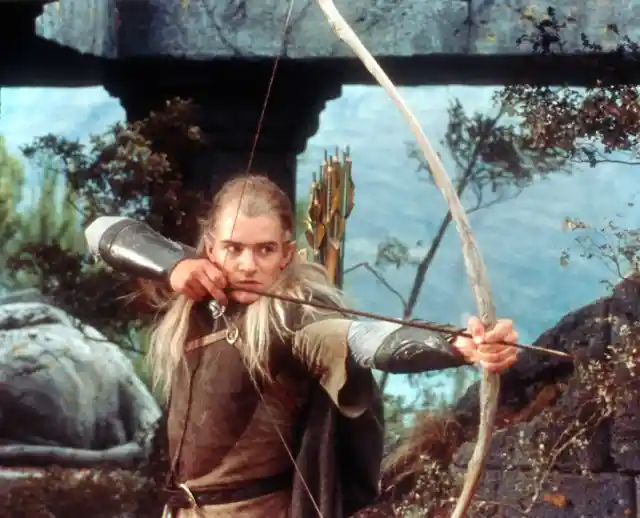
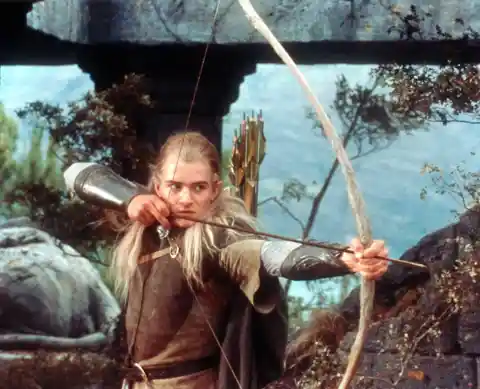
His archery was too much to accomplish in real life, even with professional standards, so the crew had to work hard on the computers. This means that before the CGI (Computer-Generated Imagery) was added, Bloom had to run through the set stringing an empty bow trying not to laugh!
#14. The Worst Audition
Jake Gyllenhaal is an amazing actor and we can agree on that. He’s worked in many great films lately and he’s one of the reasons why those films are great, but not everyone agrees with this, including director Peter Jackson.

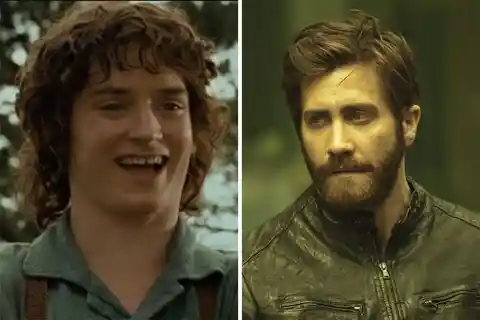
A considerable number of famous actors turned down roles for Middle Earth characters, but in the case of Gyllenhaal, it was the other way around. He cast for the first Lord of the Rings film but Jackson turned him down. Gyllenhaal looks back on this with humor, and as ye once confessed on a TV interview:
“He literally turned to me and said, ‘You are the worst actor that I have ever seen.’ He said, ‘Did anyone tell you you were supposed to have an accent?’”.
#13. Removing Eyebrows
Gríma Wormtongue was the chief advisor to King Théoden of Rohan before being exposed as an agent and spy of Saruman who in the final chapter of the trilogy, ended up murdering Saruman. In The Return of the King, Grima cut Saruman’s throat and in the extended version of the movie you can see the full conversation they have before. However, this isn’t the reason why Grima is in this top…
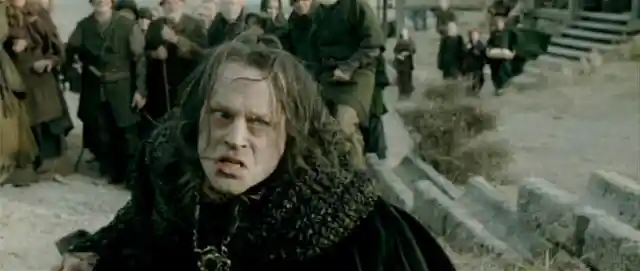
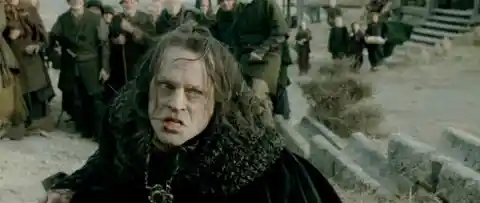
In order to become Grima Wormtongue, actor Brad Dourif, also known for his roles in Chucky and Halloween movies, had to shave his eyebrows. According to him, Jackson encouraged him to shave his eyebrows so the audience has a subliminal reaction to his character. Since he worked in the character during two long years of filming he had to shave off his eyebrows five times.
#12. Uma Thurman Rejected A Major Role
Originally, Peter Jackson imagined Galadriel being played by Lucy Lawless and Arwen played by Uma Thurman. Unfortunately, both of them got pregnant during pre-production and they had to turn down the roles. Therefore, the characters were finally played by Cate Blanchett and Liv Tyler, respectively. On her recent appearance in The Late Show with Stephen Colbert, Thurman talked about turning down this role.
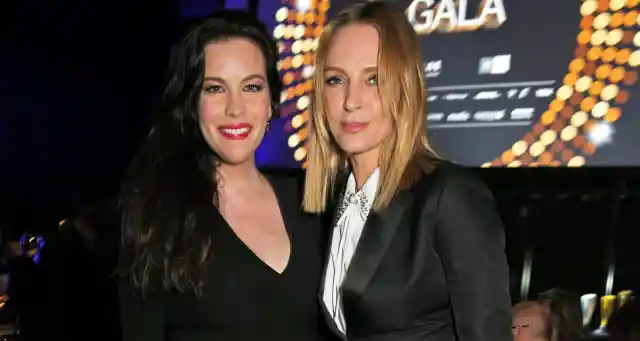

“It was a very long time ago, and I do consider it to be one of the worst decisions ever made. But I had just had my first child and, I don’t know, I was a little housebound… It’s really definitely a regret”, she said to Colbert. Later, Thurman was reportedly offered the role of Eowyn, a character that debuted in The Twin Towers, but she turned it down too since she was focused on raising her child.
#11. Behind The Lens
People often believe that contact lenses are just meant for improving one’s vision, but guess what? They can also be used for fashion and people tend to wear color lenses to change the way they look. Many actors resort to this trick when they play a particular role and that was the case of Orlando Bloom the time he played Legolas.

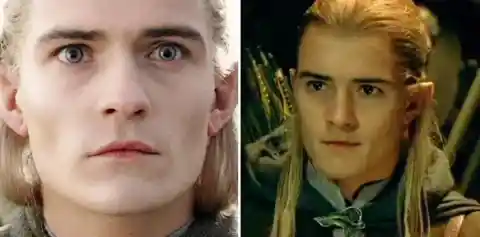
If you pay special attention to Legolas, you may notice that his eye color goes from its characteristic light-blue to brown and then from brown to blue again. The reason behind this is that Bloom couldn’t wear blue contact lenses regularly because of the damage it could cause to his eyes. In most of the movies, CGI was used to correct the color of his eyes but since some scenes couldn’t be corrected, you will sometimes see them brown.
#10. Acting Through The Pain
During the first of the films, there’s an iconic scene that everybody remembers, and I’m sure that those who haven’t watched the films have seen this on the Internet at least once. When Gandalf enters Bilbo’s home early in the movie, the wizard bumps his head on a ceiling joist. Everybody knows hobbits are much smaller than men and that’s why their homes are so short, but what most people don’t know is that this moment wasn’t scripted.
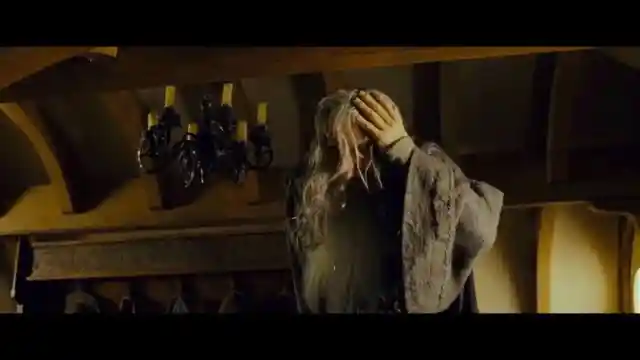
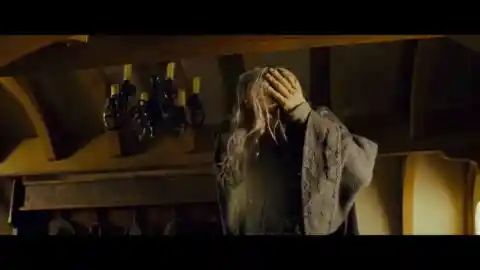
Funnily enough, this moment was authentic. Ian McKellen, who played Gandalf, really bumped his head while he was acting but he struggled to finish off the scene anyways. He did such a good job acting through the pain that Jackson, the director, decided to keep the scene as it was.
#9. Fake Beards And Action!
Filmmakers needed plenty of horse riders to perform during the battle scenes but this posed a few problems. Believe it or not, the production ran out of men in the middle of the shooting, so they had to come up with a solution as quickly as possible.


By the end of the film, Eowyn isn’t the only lady warrior dressed up as a male since producers were left with no choice but to cast women for the roles they needed. Many talented women-jockeys heard about this and volunteered for the job. It was a great solution for the team, and they all wore fake beards and then shot the scenes. We bet you didn’t notice this until now!
#8. The Biggest Fan
Christopher Lee was the first one to join the cast of the Lord of the Rings movies and that wasn’t just because he was perfect for the role of Saruman the White, but also because he knew J.R.R Tolkien and was a big fan of the books. He even called the series “the greatest literary achievement in my lifetime.”
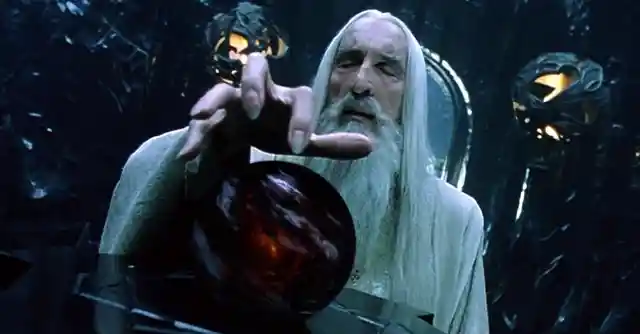
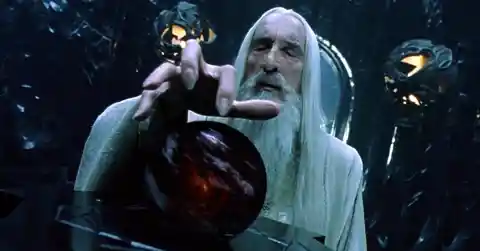
Lee is the only member of the cast who met J.R.R Tolkien in real life and he re-read his books every year. When he heard that Jackson was directing a film adaptation of the series he sent him an e-mail with a picture of him in a wizard costume. The mail read: “This is what I look like as a wizard, don’t forget this when you cast the movie“. Obviously, Jackson was quickly convinced!
#7. The Tallest Dwarf
You can barely see Gimli the dwarf while he’s standing between other main characters like Legolas and Aragorn, but that’s only cinematographic magic… John Rhys-Davies, the now 75-year-old actor who played Gimli, was, in fact, the tallest member of the main cast.
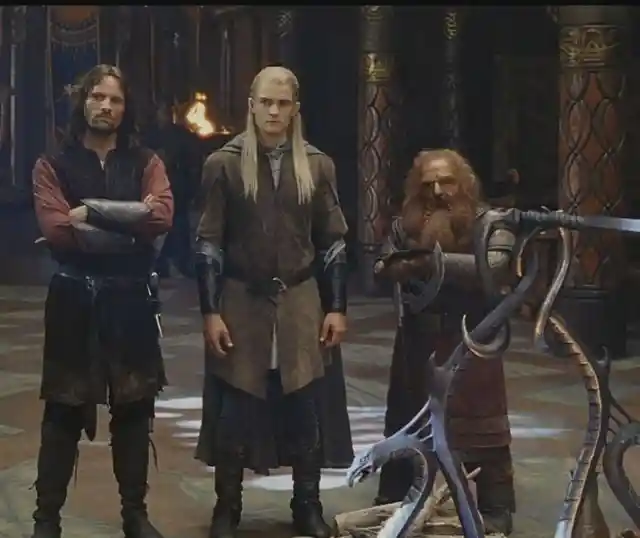

Despite his casting as a dwarf, he was 6’1″ (1.85 m) tall. To shoot the scenes, a body double called Brett Beattie stood on the battlefield next to the other members of the cast and they also used a lot of stand-ins and forced perspective shots. This means that the actor stood a couple of feet behind everyone else but the camera made him appear next to the others.
#6. A New CGI Method
To portray the strange and creepy character Gollum, Peter Jackson’s team invented a completely new method of CGI that changed the special effects game forever. Gollum’s voice was played by Andy Serkis and he was brought to life by Weta Digital. Up to that point, there were a lot of CG creatures but not like Gollum.
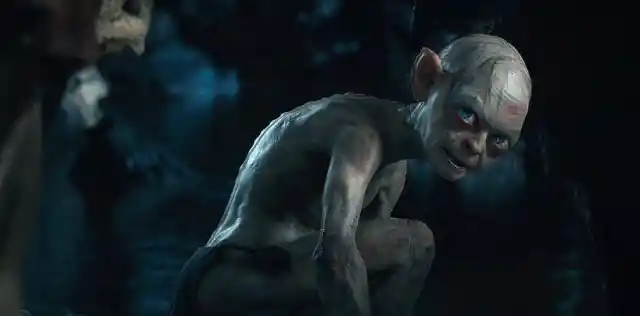
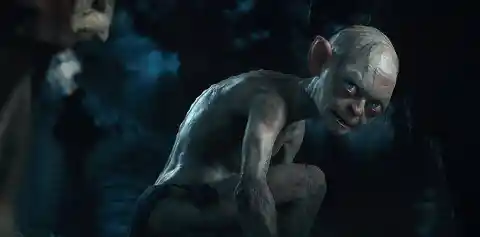
Gollum really looks like a real-life creature, and in order to achieve that, the technicians used a motion capture method called combination sculpting. They mapped nearly 1000 dots on the actor’s face to capture the movements, and this is why Gollum has such realistic facial expressions. When shooting the scenes, Andy had to wear a kind of costume, a tight grey unitard and small sensors all over his body and face.
#5. Figwit Mackenzie
Most of you must be surprised to know that Figwit Mackenzie is not in the books. On the contrary, he was created by Peter Jackson for the movies and become extremely popular in the third and last installment. Jackson noticed the attention his character was gaining and thus he told the scriptwriters to give him several lines on the last film, when originally he was created to be nothing else than an escort.


Figwit was played by Bret McKenzie, who is a comedian, actor, musician, and producer best known for being a part of the musical-comedy duo Flight of the Conchords. He was offered the cameo as an elf and then he was given the line: “Frodo Is Great…Who Is That?!“. In case you didn’t know, Figwit is an acronym for that line, created by the fans.
#4. Sleepless Nights By The Typewriter
J.R.R Tolkien’s writing can be described as elegant, old-fashioned, and above all, unique. He excelled at putting his imagination into words, but he wasn’t really fond of using fancy words. He is mostly known for writing fantasy novels, most of which involve elves, hobbits, dwarves, and even new made-up languages.
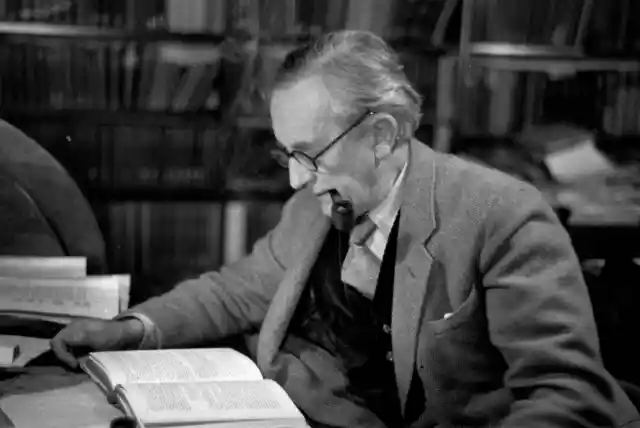

The Lord of the Rings universe is wide and complex, and if watching the movies takes a long time, imagine how much time Tolkien must have spent writing! It took him literally hundreds of hours and countless sleepless nights, pecking away at the keys behind the typewriter with only two fingers. It must’ve been way much easier if he had had a computer and a keyboard, don’t you think?
#3. Inspiring New Writers
J.R.R Tolkien’s works inspired a whole generation of new writers since hundreds of artists delved into the fantasy genre after reading The Lord of the Rings. One of these new authors was George R.R. Martin, who wrote A Song of Ice and Fire -his most famous series- after reading Tolkien’s books.
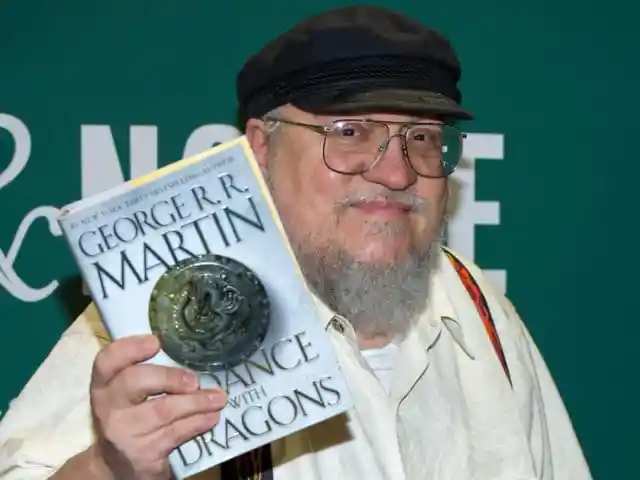
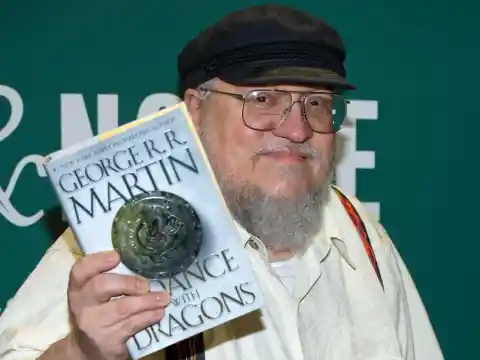
As well as Tolkien, Martin had problems taking his work to the screen. Before writing the Songs of Ice and Fire books, he made several failed attempts at writing TV scripts. When he finished writing this book series, he had his doubts about whether it could be adapted to a TV show. Obviously, he never would have imagined that the TV adaptation, Game of Thrones, would soon become one of the most popular TV series of all time.
#2. Is Game Of Thrones A Copy?
As the two most successful fantasy series of all time, plenty of comparisons have been made between Game of Thrones and The Lord of the Rings, even before the respective live-action adaptations were made. The similarities between both books are obvious, and many fans and critics alike claimed that Game of Thrones copied Lord of the Rings in many aspects.
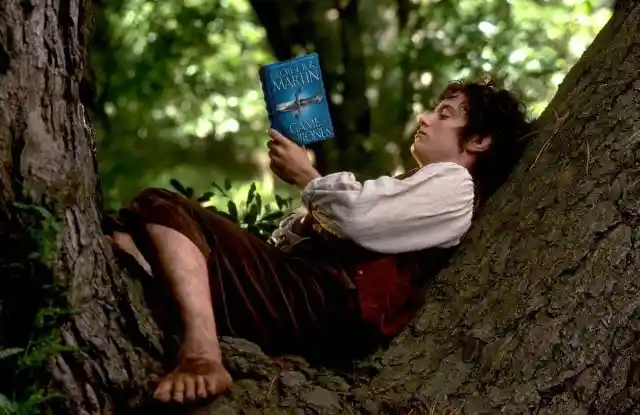

People have compared Jon Snow to Aragorn thanks to their similar stories, but also to Frodo, since they both received wounds that would never heal and their best friends are called Sam. Others have drawn comparisons between Jon’s goodbye with his Stark siblings and Frodo’s goodbye with his friends Sam, Pippin, and Merry. Finally, some have compared the Iron Throne with One Ring as they both corrupted people for power and were destroyed by fire.
#1. The Most Popular Franchises
If there’s another way in which these two fantasy series are similar, it’s the fact that they became mostly-praised fantasy epics as well as the two most popular fantasy franchises in history. The original Lord of the Rings trilogy is heralded as one of the best film franchises ever, while the first Game of Thrones seasons that have been praised as excellent television.
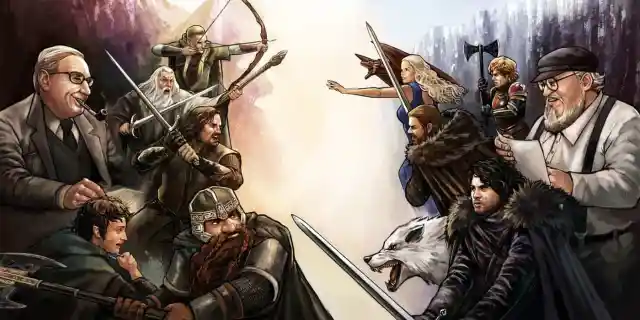

In 2016, Game of Thrones won 38 Emmy awards, becoming the most awarded show of all time. Both series may have stumbled since their beginnings, but in spite of that, their quality and popularity are unquestionable. Amazon has bought the rights to J.R.R Tolkien’s novels back in 2017 in order to produce a TV show based on the Middle-Earth series. Do you think it will succeed? Will it be just as great as Game of Thrones? Only time will tell!